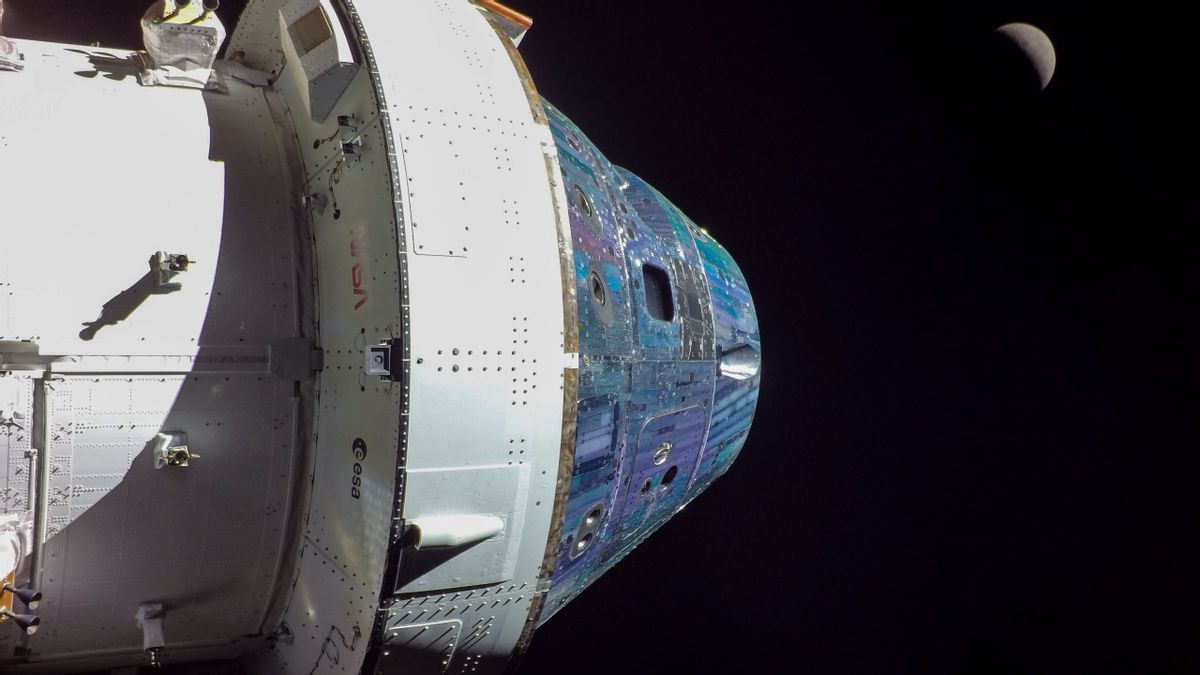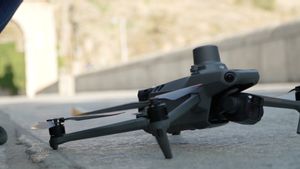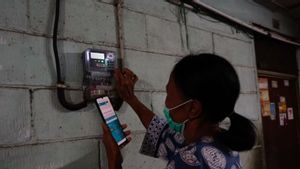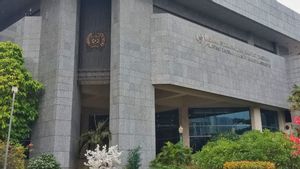JAKARTA - After experiencing communication disruptions for almost an hour with NASA's mission controller, now the Orion spacecraft is on its way to the Moon's Distant Retrograde Orbit (DRO), and about another day will enter that orbit.
Orion will enter DRO on Friday, November 25, Houston, Texas, United States (US) time. Dubbed a distant orbit, as the DRO is at an altitude of about 50,000 miles from the surface of the Moon.
The orbital distance is also very large, so the spacecraft takes six days to complete a half-revolute around the Moon before leaving orbit for a return trip to Earth.
A series of Orion Test Missions in DRO
NASA's test run as Orion moves towards DRO is a prop splosh test, or tests the propellant sloshing effect on Orion's trajectory and orientation while moving through space.
Furthermore, trials will also take place every cross-Moon fly. That way, the crew can compare the data when Orion brings different volumes of liquid propellants, which are difficult to model on Earth due to differences in gravity.
To make a fuselage, NASA will use the Orion reaction control driver, which is located on the side of the service module, can be turned on and turned off to power the spacecraft and propel the propellant.
This engine is in a fixed position and can be fired individually as needed to move the spacecraft in a different direction or turn it into any position. Each machine gives a thrust of about 50 pounds," NASA said as quoted by ZDNet.
For information, Orion will leave DRO on December 1, after which it will begin flying across the Moon on December 5.
The Space Launch System (SLS) rocket on the Artemis I mission also deployed 10 small CubeSats within Orion last week. One of them is Bio Sentinnel to study the impact of space radiation on yeast, one of Orion's biological passengers.
It aims to test biological material in preparation for human travel on missions that are further and longer lasting to goals like Mars.
In that case, NASA is testing two types of yeast in space because yeast has similarities with human cells and wants to know how human cells are affected by exposure to long-term radiation in space.
The English, Chinese, Japanese, Arabic, and French versions are automatically generated by the AI. So there may still be inaccuracies in translating, please always see Indonesian as our main language. (system supported by DigitalSiber.id)













